Bath's quirkiest research
Contributions to our knowledge about the world around us – whether they’re in the form of a scientific breakthrough or a newly answered question about society – can come from the most unexpected of places.
Read on to find out about 9 intriguing pieces of research from across the University...
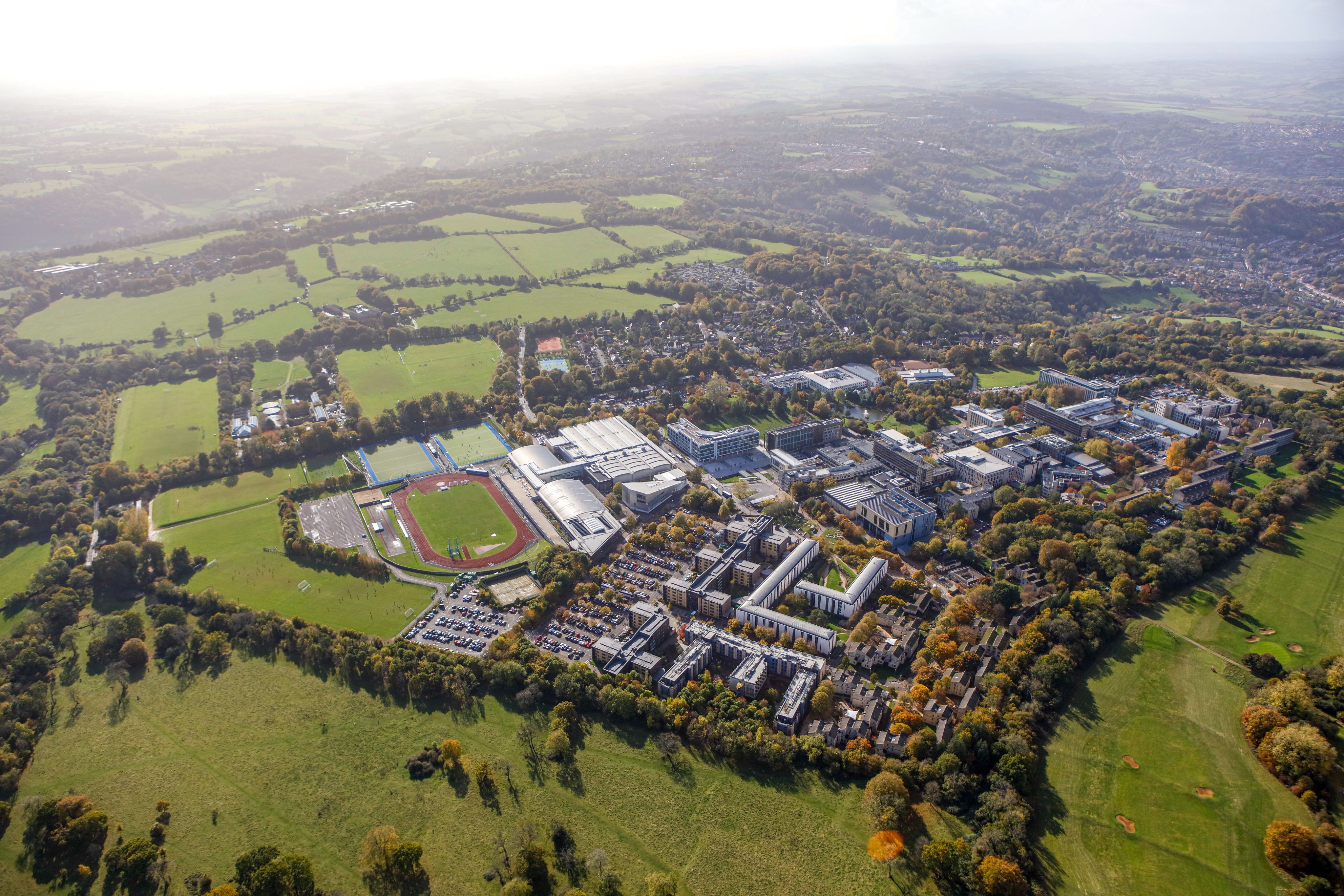
1.
The soundtrack to shopping sustainably
Supermarkets use lots of tricks to tempt us into spending more: pumping the smell of freshly baked bread into stores to whet our appetites, regularly changing aisle layouts so we can’t shop on autopilot and positioning premium-brand products right at eye level on the shelves. But how can we be nudged into purchasing more ethically?
While around 30% of us claim to care about brand ethics and green consumption, that only translates into our consumer behaviour 3% and 5% of the time, respectively – a phenomenon known as the attitude-behaviour gap.
Research from our School of Management has found a way of bridging it: music, specifically up-tempo tunes in a major key. The team created a range of radio adverts to promote a fictional electric car and reusable coffee cup. They found that the ads soundtracked by this type of music reduced the attitude-behaviour gap by as much as 40%, bringing participants’ purchasing intentions much closer in line with their values.
As researcher Dr Haiming Hang explains: “When incorporating music into advertisements, marketers must recognise the importance of music mode and music to ensure that a favourable attitude towards a brand translates into sales.”
Listen to one of the adverts from the study
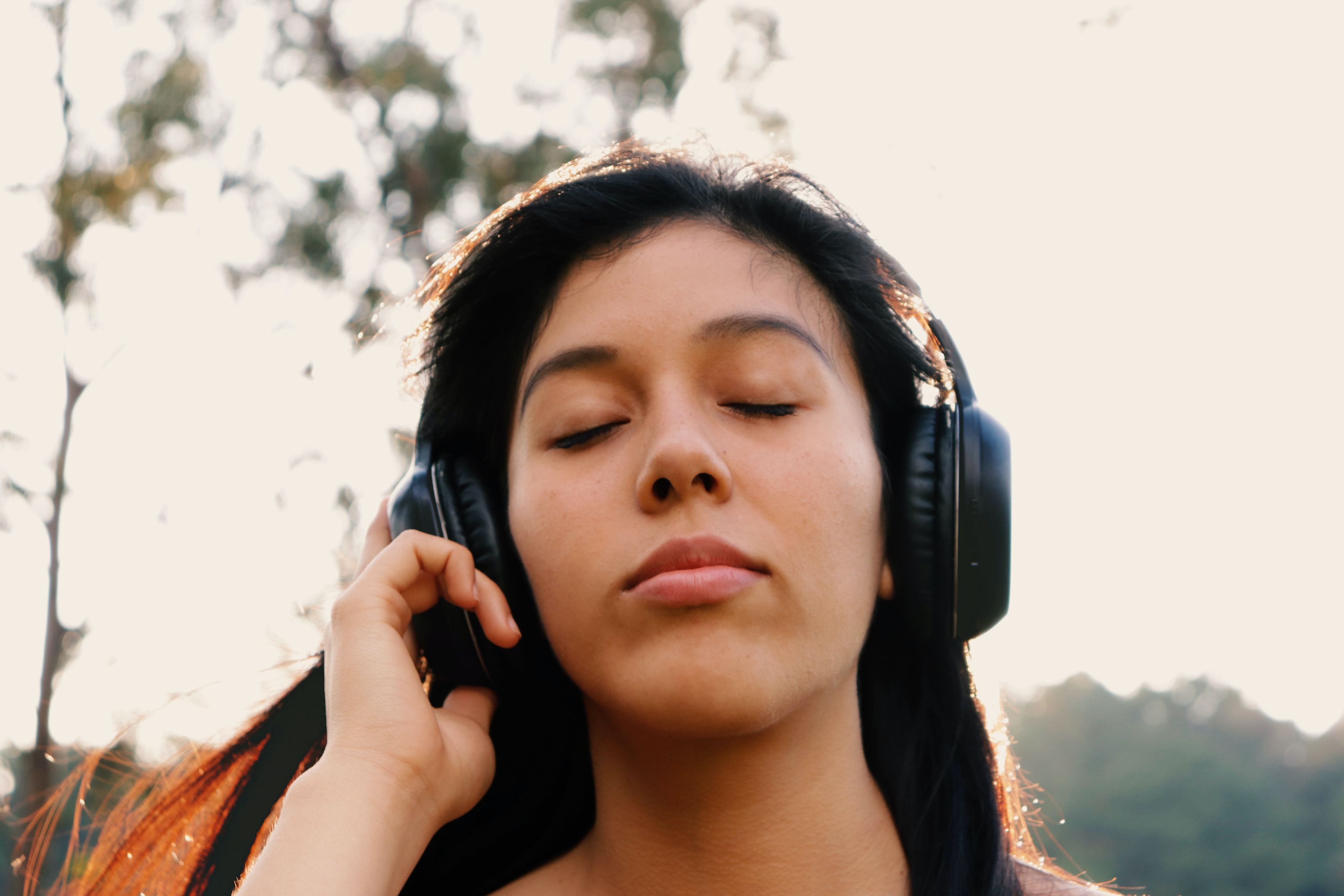

Photo by Jason Pofahl on Unsplash
Photo by Jason Pofahl on Unsplash
2.
From powerslams to presidency
What was it that got Donald Trump to the White House – his supposed ‘everyman’ appeal, his snappy catchphrases, his reality TV stardom? According to Dr David Moon from the Department of Politics, Languages & International Studies, it was actually his longstanding association with the world of pro wrestling.
“Donald Trump is the first occupant of the Oval Office to also be an inductee into the World Wrestling Entertainment (WWE) Hall of Fame, an honour bestowed upon him in recognition of his nearly 30-year relationship with the company,” explains Dr David Moon in his paper ‘Kayfabe, Smartdom and Marking Out: Can Pro-Wrestling Help Us Understand Donald Trump?’, which was nominated for Best Paper of 2022.
In it, he argues that Trump’s over-the-top presentation, straight-talking persona and performative campaign style are a direct result of his time in wrestling: “The idea of ‘President Donald Trump’ was itself floated during his Hall of Fame induction in 2013, when long-time friend Vince McMahon, Chairman and CEO of the WWE, declared ‘second only to me, Donald might very well be a great President of the United States’.”
3.
Robots in disguise
While they might sound like something from a Transformers movie, shape-shifting robots could be a reality in the future. Scientists from our Department of Physics have devised a method of coating soft materials in a layer of minuscule nano-robots, which can work together to change the shape of the underlying material.
Although the research is still at a theoretical stage, this ‘active matter’ could be used to produce machines that can flex and act in response to the task at hand, or to tailor the size and shape of drug delivery capsules as needed.
Researcher Dr Anton Souslov says: “This study is an important proof of concept and has many useful implications. For instance, future technology could produce soft robots that are far squishier and better at picking up and manipulating delicate materials.”
No timescale yet for when we’ll have a miniature Optimus Prime to do the dishes, mind.
See the robots in action
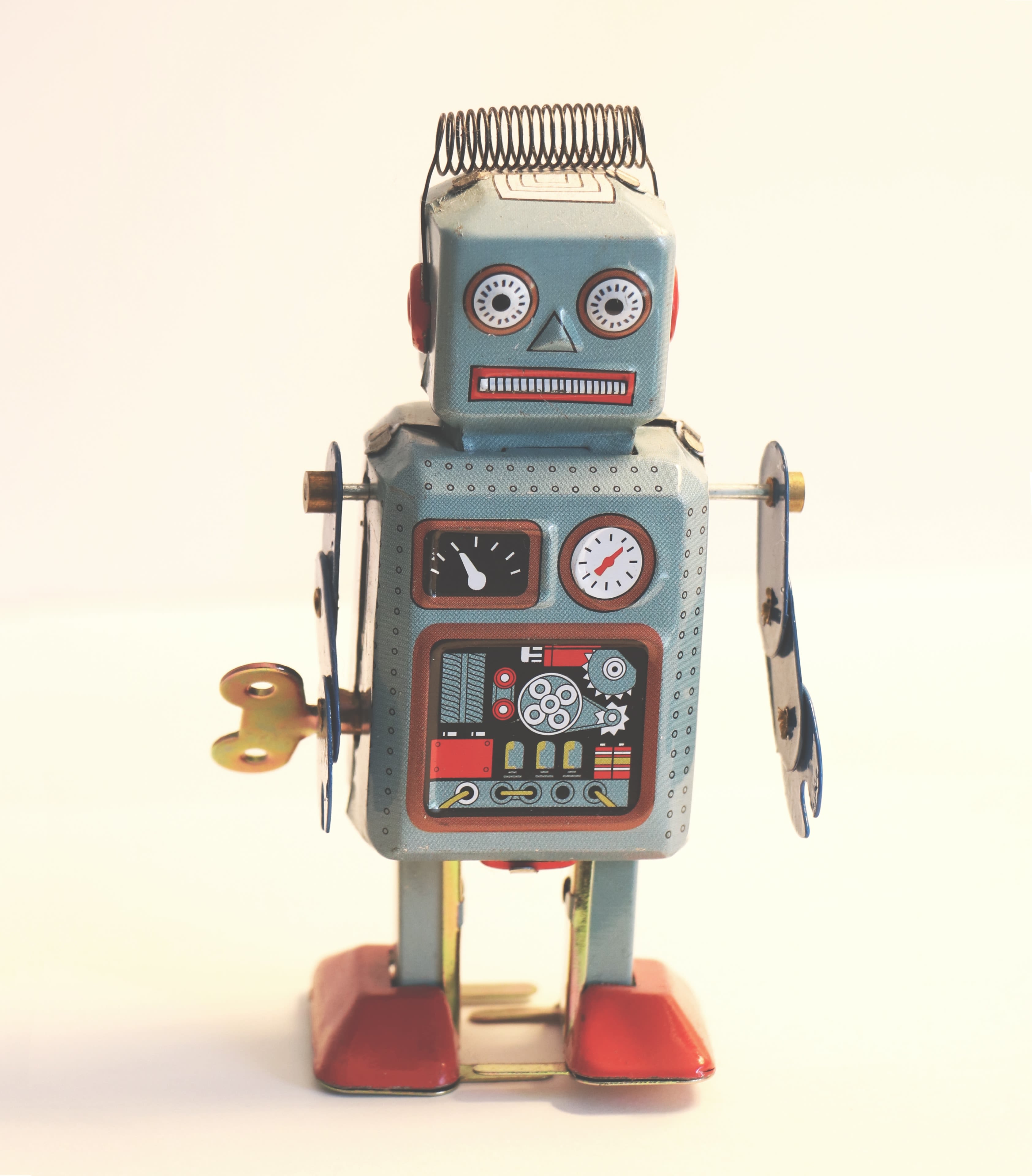
Photo by Rock'n Roll Monkey on Unsplash
Photo by Rock'n Roll Monkey on Unsplash
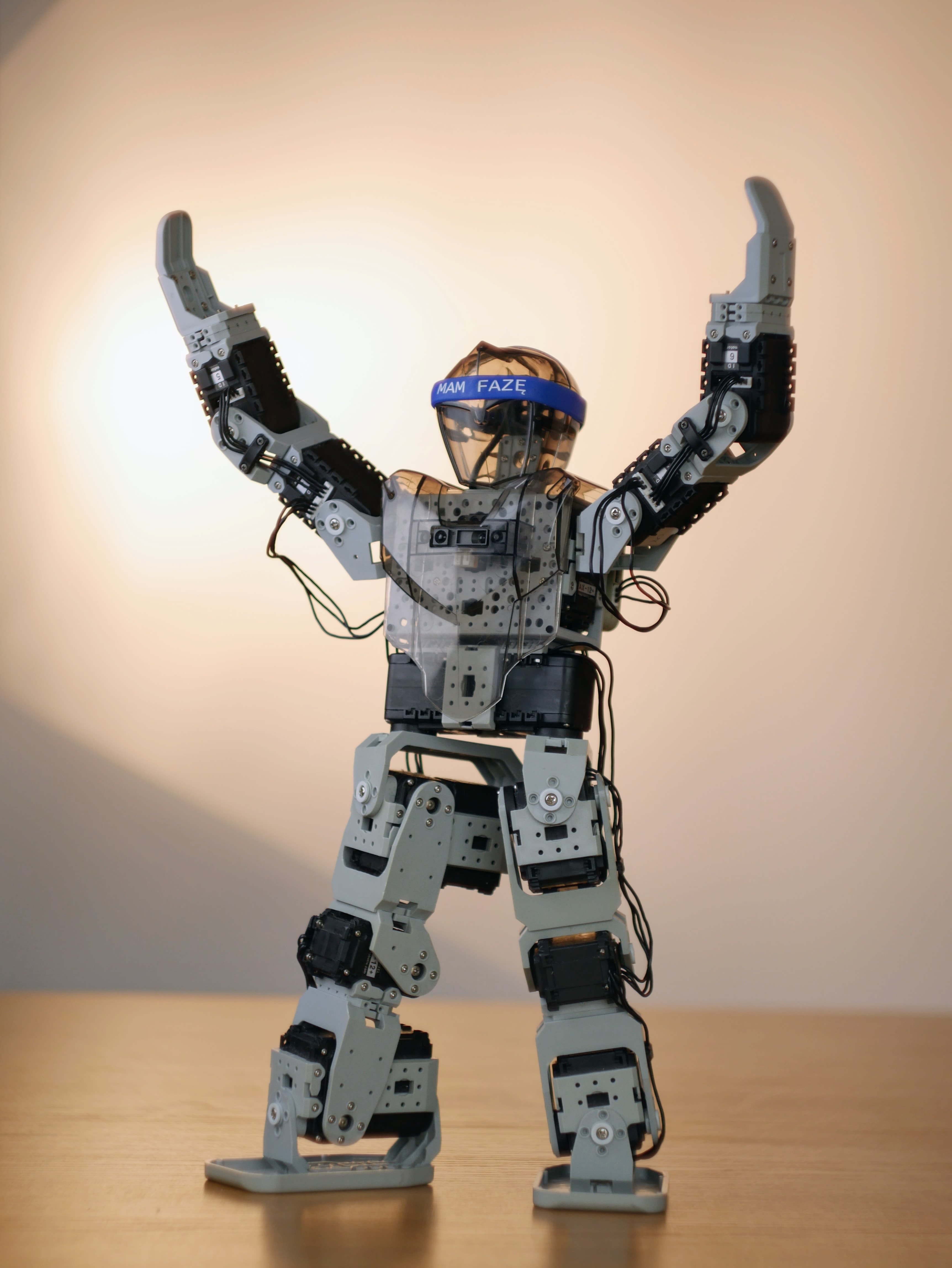
Photo by Adam Lukomski on Unsplash
Photo by Adam Lukomski on Unsplash
4.
Typing with your ears
Are you able to make your ears ‘roar’ on command? Congratulations! You’re able to voluntarily control your tensor tympani, one of the body’s smallest muscles – and it’s not a universal ability. It is, however, one that could prove revolutionary for assistive technology.
For people with conditions such as motor neurone disease, computers can be key for communication. But what happens when you can no longer control an input device such as a keyboard or a mouse? This is the problem that EarSwitch is harnessing the tensor tympani to solve, as the muscle is thought to be among the last to maintain its function in people with degenerative neurological diseases.
Having received over £1.5 million in funding from the National Institute for Health and Care Research, a team comprising a local GP and researchers from across the University have developed a prototype they are working to bring to market as an approved medical device.
Former GP Dr Nick Gompertz explains: “Our current working prototype is a miniature camera held in a silicone earpiece. The camera picks up movement of the eardrum when the person intentionally tenses the middle ear muscle. This movement is detected by the computer and controls an on-screen keyboard. The keyboard scans sequentially through rows of letters, then groups of letters, allowing single letters to be selected by a simple ‘ear-click’.”
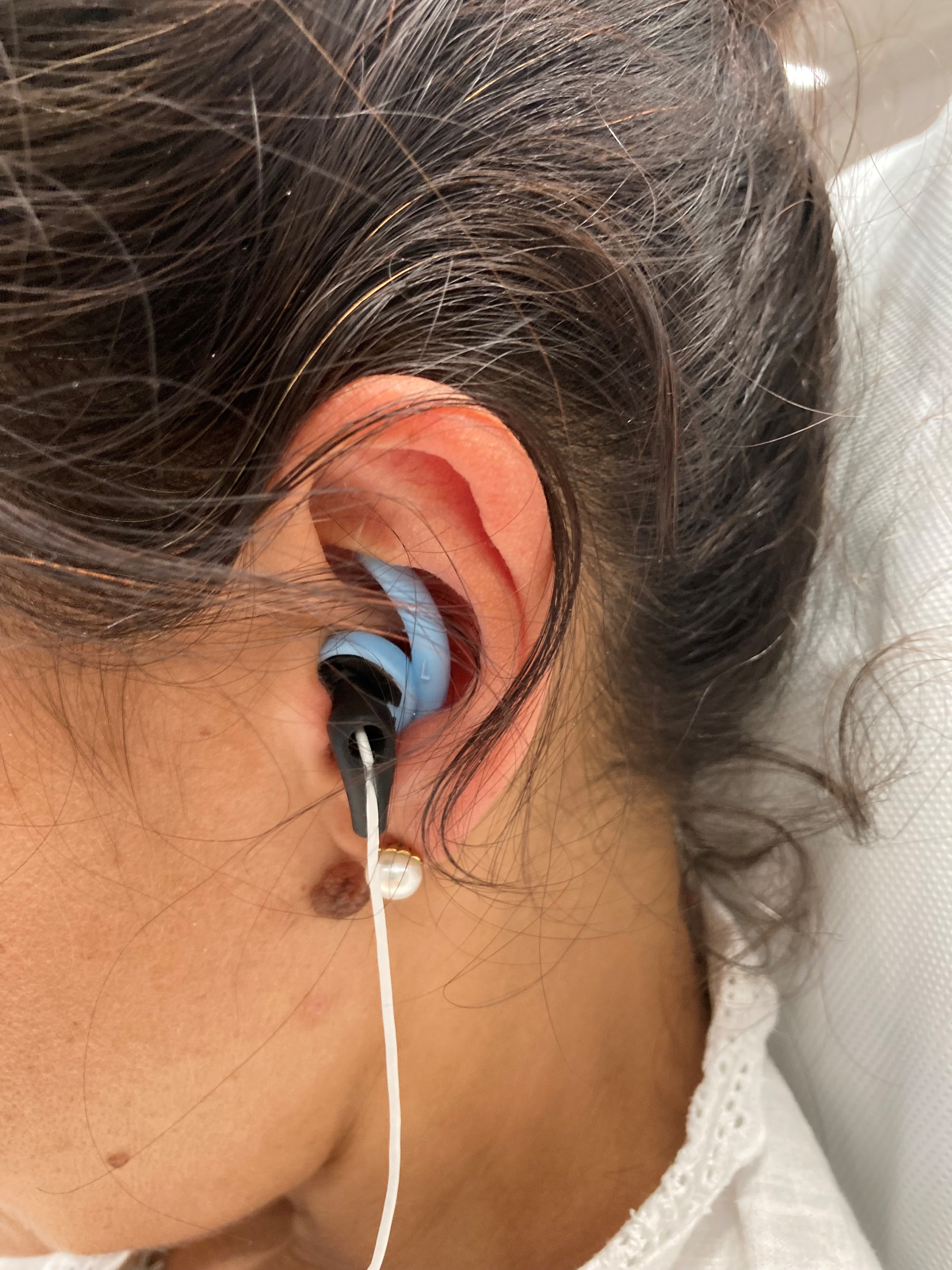
5.
Do you hear the microbes sing?
How do you quickly detect infection without ready access to a laboratory? It’s a problem faced by less economically developed countries and means that the wrong antibiotics are often prescribed, contributing to antimicrobial resistance. But what if you could identify pathogens by the electrical ‘noise’ they make?
Soraia Oliveira, whose PhD in Chemical Engineering is supported by a Roger & Sue Whorrod PhD Studentship, is focusing on doing just that – by developing a sensor that can detect the invisible fingerprints of bacteria such as E. coli.
She is hoping to produce a handheld sensor that will offer a low-cost, lab-free way of diagnosing not only illnesses themselves but also which antibiotics will be most effective to treat them, all within seconds from a sample of bodily fluid.
Sadly for the music-lovers out there, you can’t actually hear this noise with the human ear, so the jury’s still out on which microbe plays the catchiest tune.
6.
What’s luck got to do with it?
Bad news for those who avoid black cats like the plague, tear the lawn apart looking for four-leaf clovers and make a mess in the kitchen by chucking spilled salt over their shoulder: they’re making things worse for themselves, rather than better.
According to a study by researchers from our School of Management, if you believe in luck, you’re actually more likely to be pessimistic and negative in your outlook. The project surveyed over 800 people, asking them to agree or disagree with statements indicating their stance on whether luck exists, if they feel themselves to be lucky and their personality.
“Those who irrationally believe in luck as [a controlling] phenomenon would appear to do so because they are by disposition more neurotic, pessimistic and negative: these are personality traits long associated with lower levels of life satisfaction, wellbeing and happiness," explains Professor Edmund Thompson, who led the research.
Happily, though, believing that you personally are lucky in life is indeed linked with contentment. As Edmund sums up: “When it comes to happiness, the saying that the ‘happy go lucky’ may be wrong, but the expression ‘count your blessings’ would seem to be quite right.”
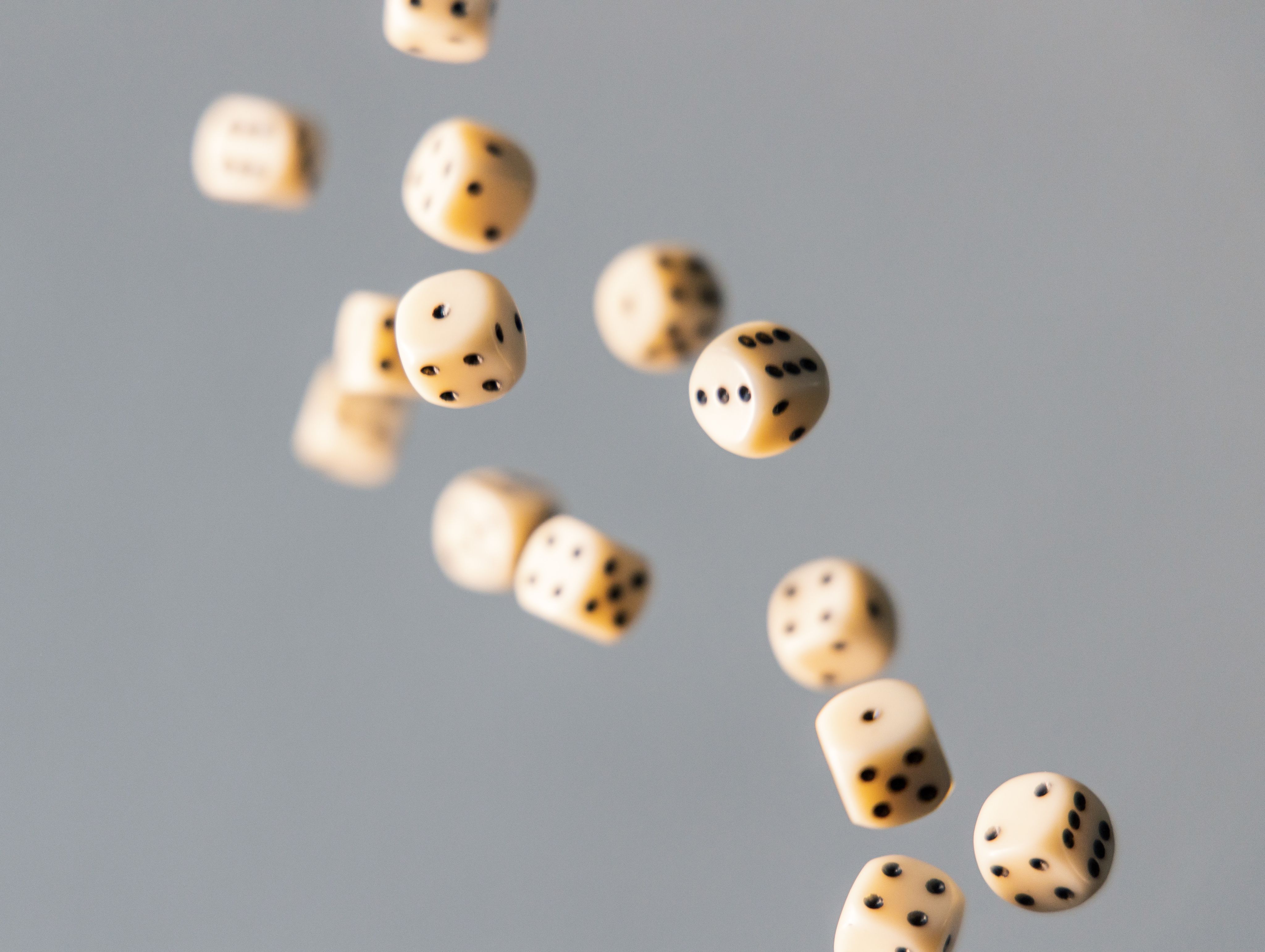
7.
Don’t feel like chicken tonight
There are many purported benefits of a vegetarian diet. Lower cholesterol, smaller carbon footprint, better... social life? Well, if you’re a bird, anyway. A new study from Bath’s Milner Centre for Evolution, established in 2018 thanks to alumnus Dr Jonathan Milner, has shown that species of weaver birds that eat seeds are far more likely to live as a group than those that subsist on insects.
“For birds that feed on seeds in the open savannah, flocking together improves feeding efficiency because it makes it easier to locate patches where there are abundant seeds,” says evolutionary biologist Professor Tamás Székely.
He continues: “On the other hand, forest-dwelling, insect-eating birds must search a wider area for food as insects are more widely distributed. The relatively safer, closed habitat of the forest provides lots of suitable nesting sites, so the birds don’t need to live close together.”
Not only did the vegetarian birds spend more time working as a team, they also had more colourful plumage and were far more likely to have multiple mates per season – as opposed to the monotonous, monogamous omnivores. Living life on the veg, indeed.

Photo: Bernard Dupont
Photo: Bernard Dupont
8.
Flat out
We’ve all made a joke come Monday morning about how we could spend the week in bed, but how about eight and a half of them on the trot? As part of a study carried out by our Centre for Nutrition, Exercise and Metabolism and the European Space Agency, that’s exactly what 20 young men did.
With their feet raised above their heads, the participants were required to lay flat for a grand total of 60 days, even while carrying out tasks such as eating and showering. Their daily calorie intake was reduced to account for the lack of movement, but even despite this, their blood sugar levels rose by an average of 6% during the day and 10% at night. Their bodies’ ability to use up blood sugar also dropped by around 24% – meaning they were at an increased risk of conditions such as type 2 diabetes.
Why the borderline hibernation period? Bedrest offers scientists a great opportunity to mimic the effects of low-gravity environments, simulating the effects of spaceflight. So it’s one small lie-down for man, one giant leap for mankind.
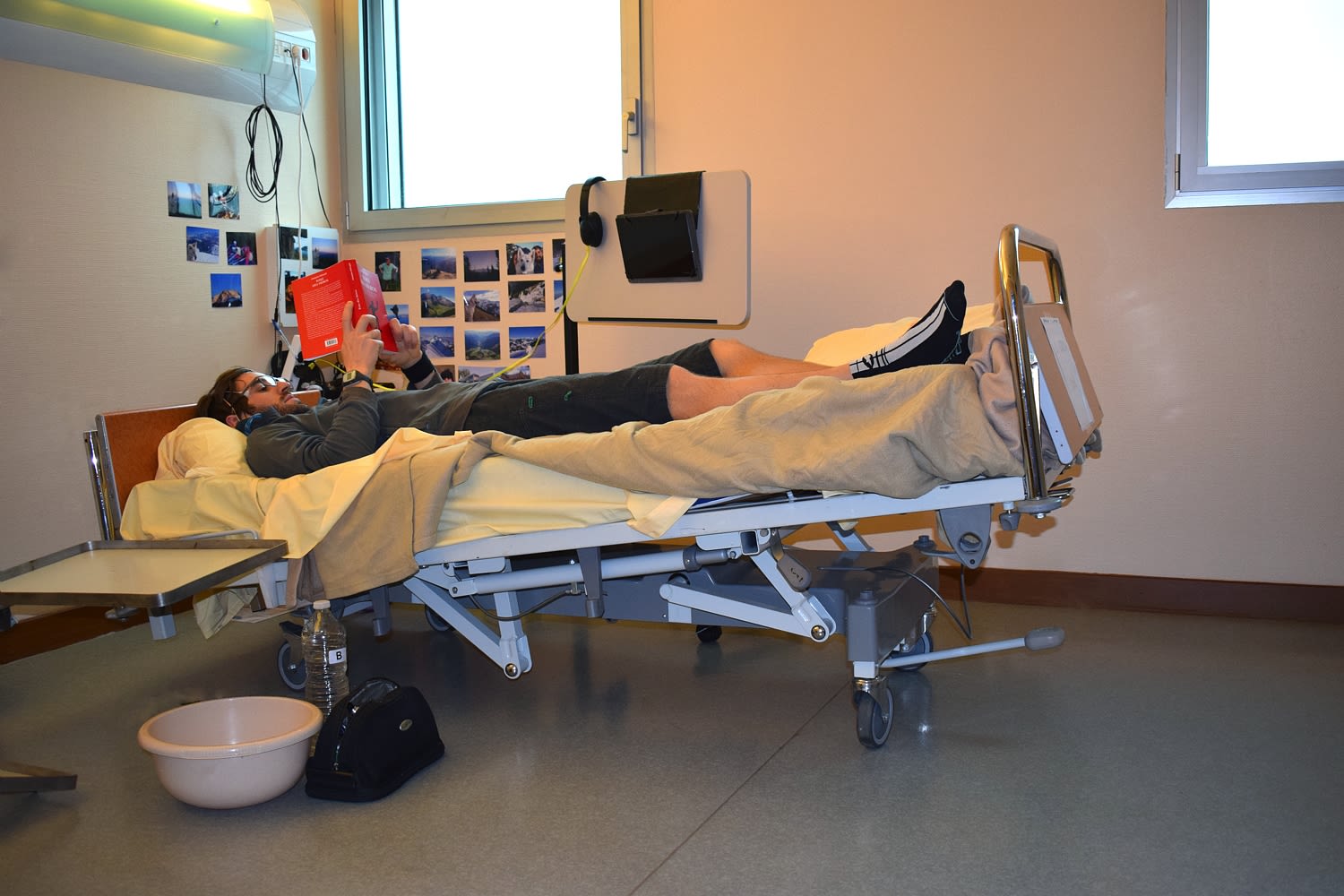
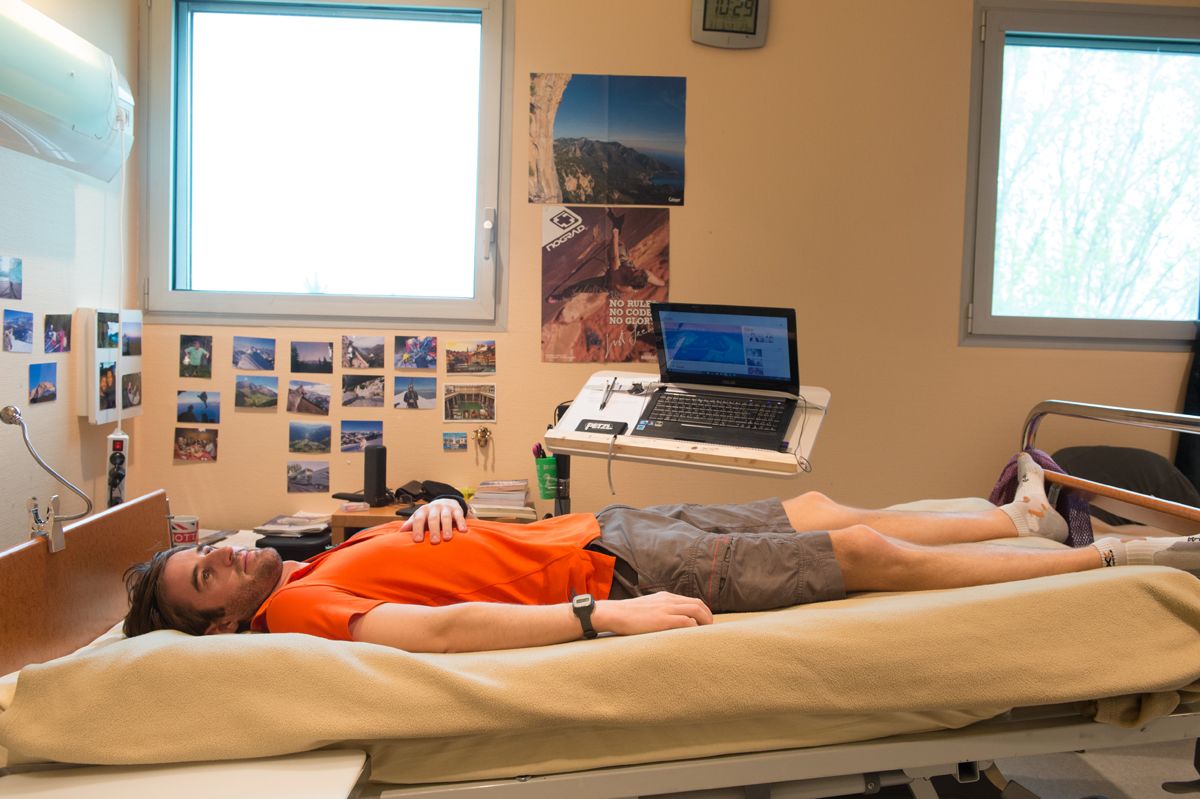
9.
The shape of (all of) you
Crowds are just a big mess of people, right? Wrong. In fact, a theory developed by Professor Tim Rogers from the University’s Department of Mathematical Sciences can predict the set of ‘lanes’ that we’ll sort ourselves into en masse.
He explains: “At a glance, a crowd of pedestrians attempting to pass through two gates might seem disorderly but when you look more closely, you see the hidden structure.”
What’s more, these lanes don’t even have to be straight – they can also be curved or tilted depending on the situation. Testing out the hypothesis, Tim and his team set up a variety of arena layouts, including one based on King’s Cross Station, and asked groups of subjects to walk through them. When they observed video footage afterwards, clear patterns were evident in how the human traffic flowed.
“The order emerges spontaneously when two groups with different objectives cross paths in a crowded space and try to avoid crashing into each other,” says co-author Dr Karol Bacik. “The cumulative effect of lots of individual decisions inadvertently results in lanes forming.”
Perhaps best to tuck those elbows away, then.
Watch how lanes form in crowds
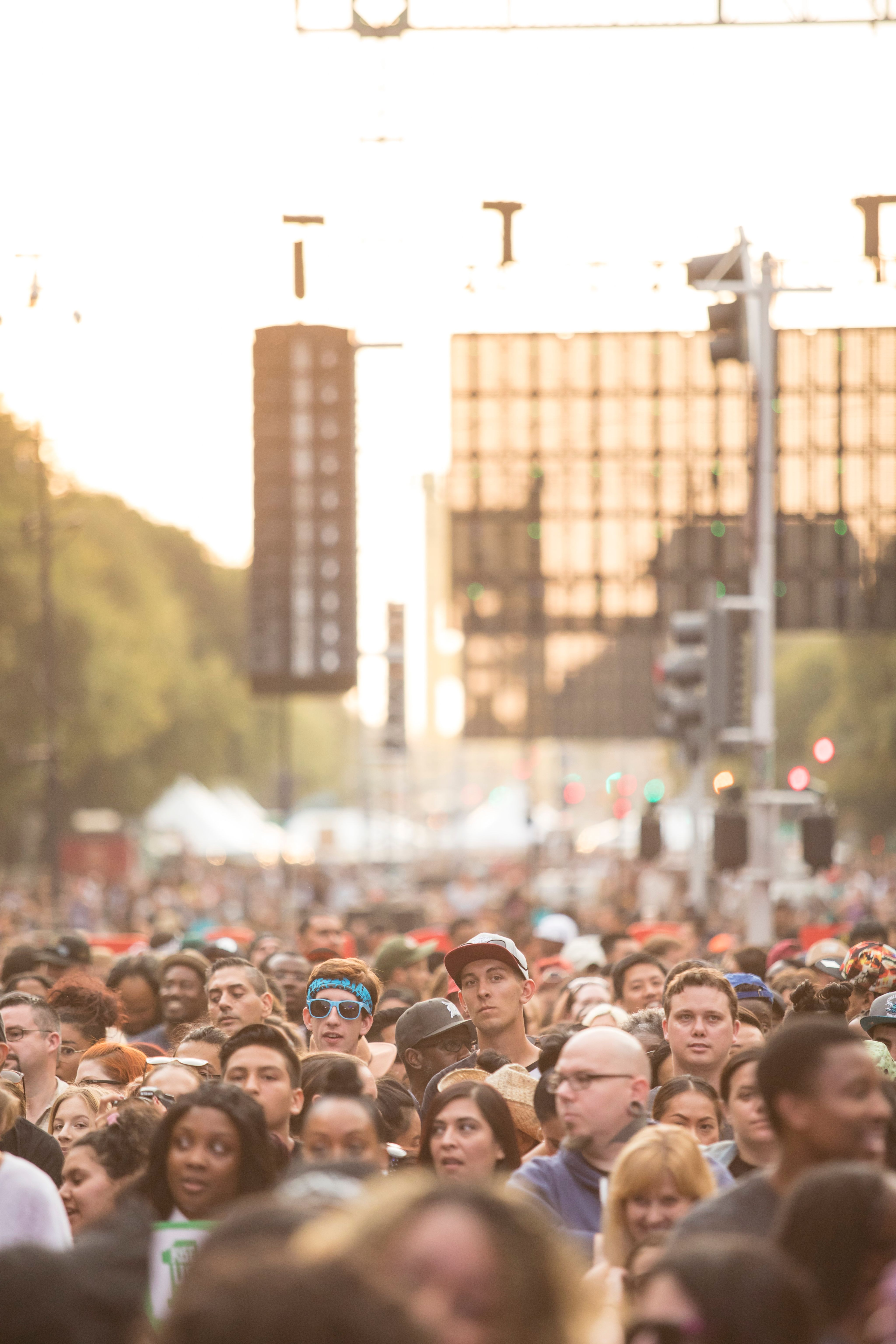
Photo by Stephen Leonardi on Unsplash
Photo by Stephen Leonardi on Unsplash


